The iPhones you can buy has changed dramatically in the last six months because Apple launched three new iPhones including the redesigned iPhone X.
Buying a top-rated iPhone is an expensive decision. That's okay. We're about to deliver you a change, whether it's the iPhone 8 Plus that's on our best phones list or a cheap iPhone.
With a bewildering selection of different specs, screen sizes and price points, each of these handsets has something to offer every type of Apple fan - so we've boiled down the choices for you in a simple-to-read format.
Best iPhone: which one should you buy
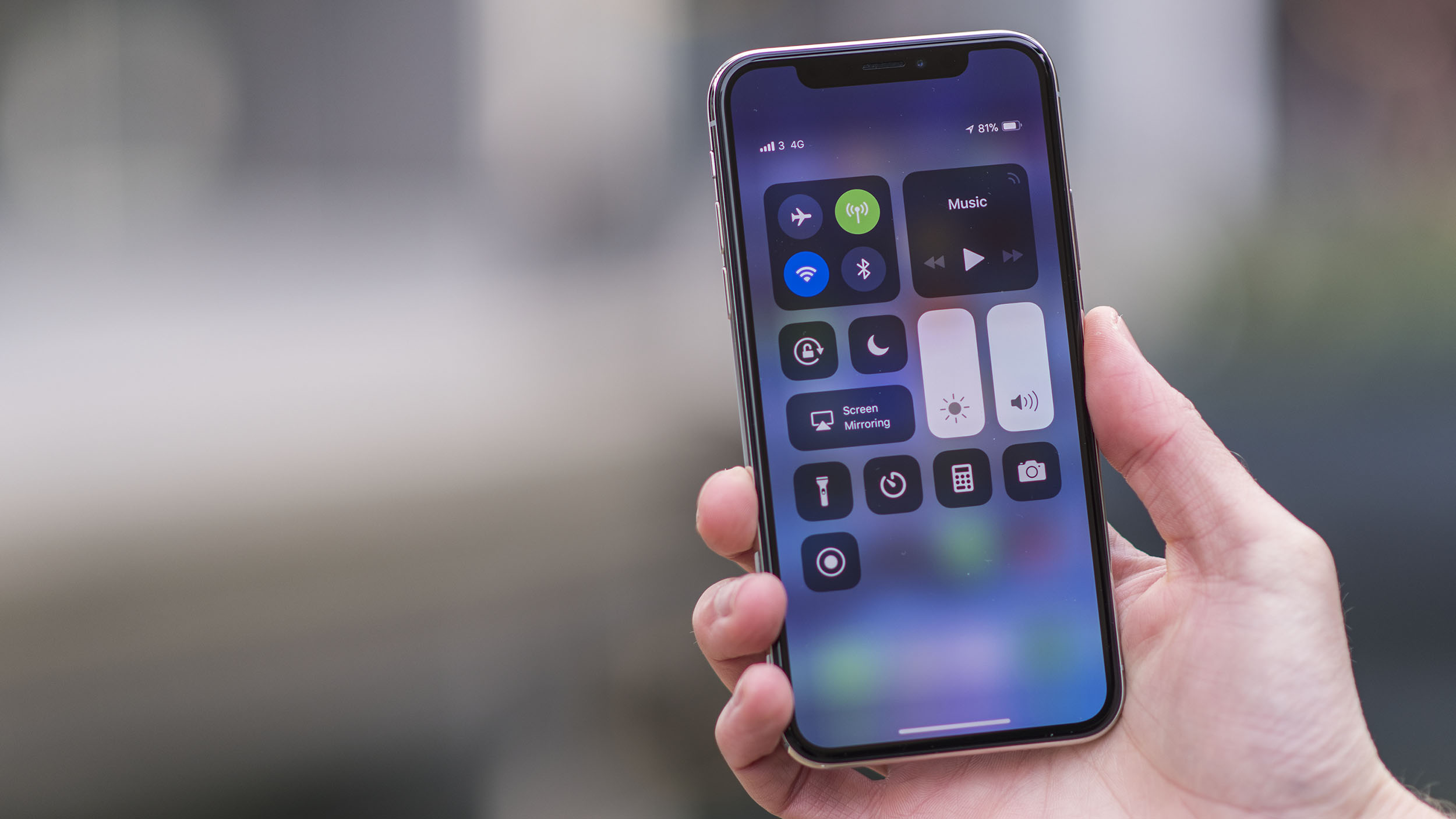
The iPhone X is as impressive as it is expensive, but if you really want the best iPhone, you'll look beyond the latter characteristic. Millions of Apple fans already have since it launched in early November.
It has a large all-screen display, except for a notch at the top that houses a new TrueDepth Camera that takes selfies to another level and can also map your face to an iPhone X-exclusive Animoji. If you don't know what that is by now you probably won't care.
The iPhone X is Apple's 10th anniversary smartphone and has just about iPhone users have been asking for, from a more forward-leaning design to faster specs and new features. You'll just have to get used to Face ID instead of reaching for that non-existent fingerprint sensor.
Read our in-depth iPhone X review
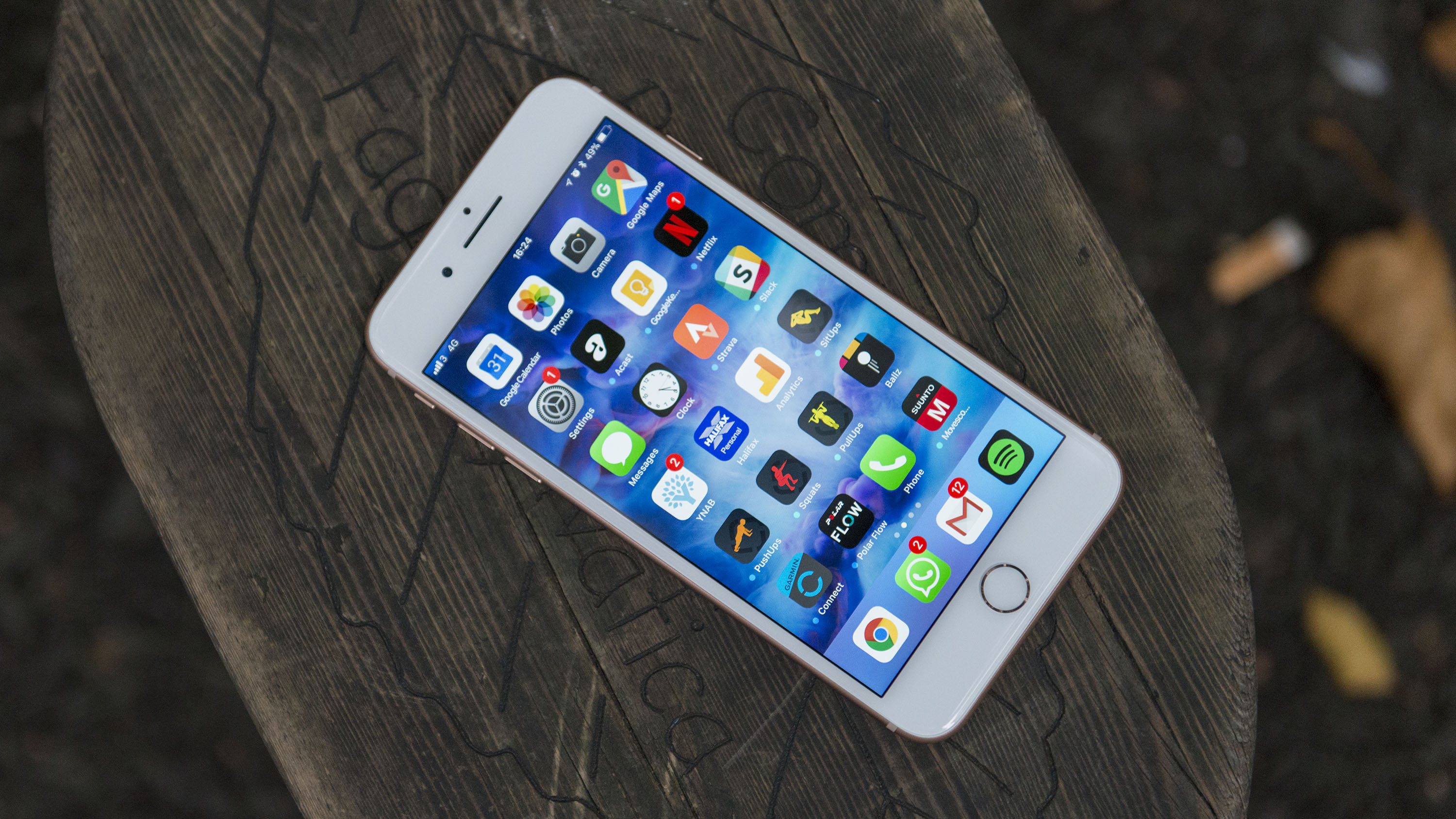
The iPhone 8 Plus is the best iPhone if you're not willing to take the plunge into Apple's proposed smartphone future and need that fingerprint sensor. It's here.
It does have several key features you'll like, however. It's the first have have both wireless charging and fast charging on an iPhone and the camera has improved. Its dual-lens camera doesn't have OIS in the telephoto lens (a feature saved for the X), but it's still a great way to snap a photo at long distances.
It won't turn nearly as many heads with its glass design on back, but the iPhone 8 Plus is the iPhone built for big hands and slightly smaller wallets than the new iPhone X.
Read our in-depth iPhone 8 Plus review
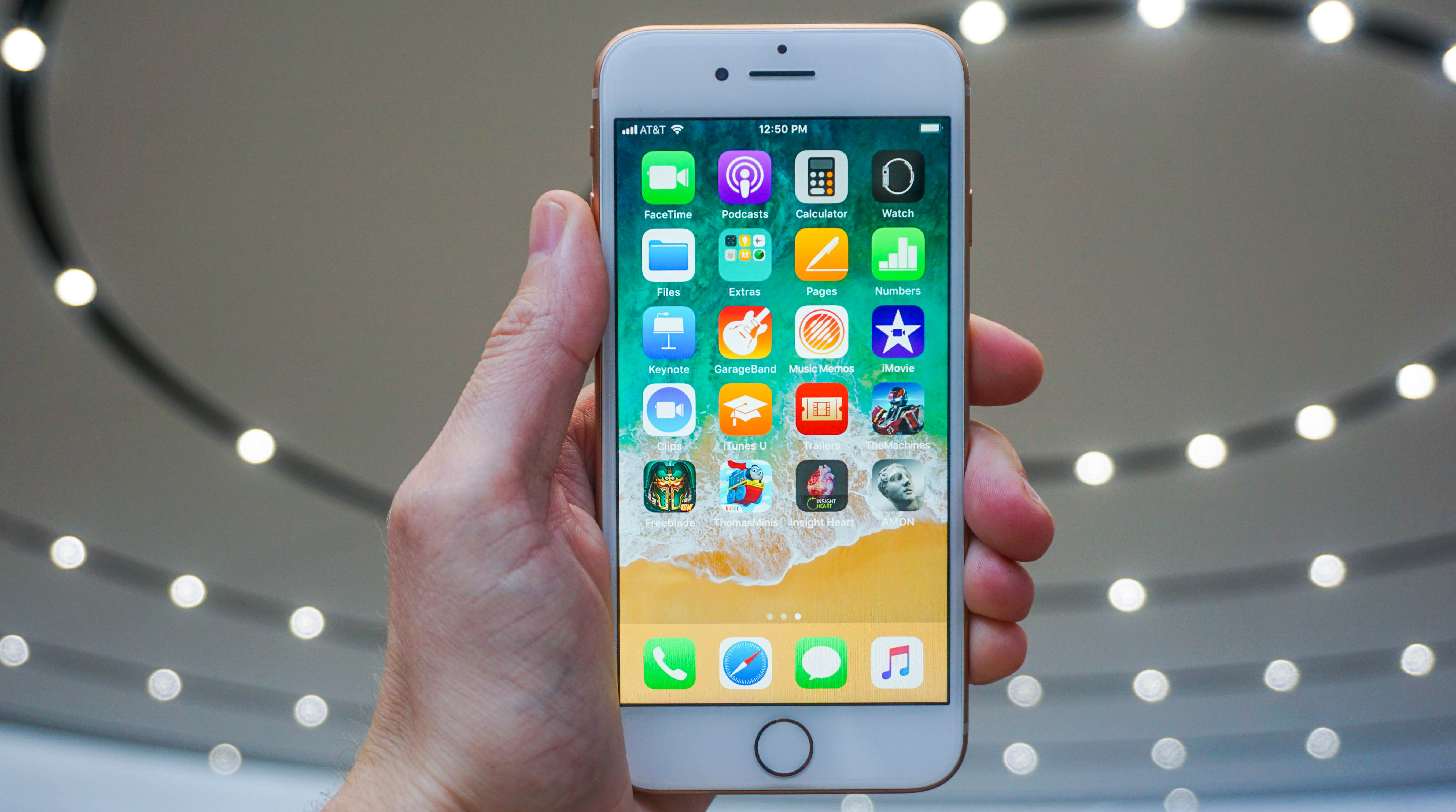
We get it, you refuse to budge from the 4.7-inch iPhone screen and size and, frankly, we don't blame you. Every time we go back to this iPhone with normal dimensions, we feel like we just went on a smartphone vacation.
Just because the size is the same doesn't mean the technology behind it is, too. The iPhone 8 features the same A11 Bionic chipset as the iPhone 8 Plus and the iPhone X, and it too debuted wireless charging and fast charging on an Apple smartphone.
The camera is still fantastic, even if it doesn't have the dual-lens capabilities that are exclusive to the X and Plus, and you'll dig iOS 11 at this size more so than the even smaller iPhone SE. We recommend the 4.7-inch phone and up.
Read our in-depth iPhone 8 review
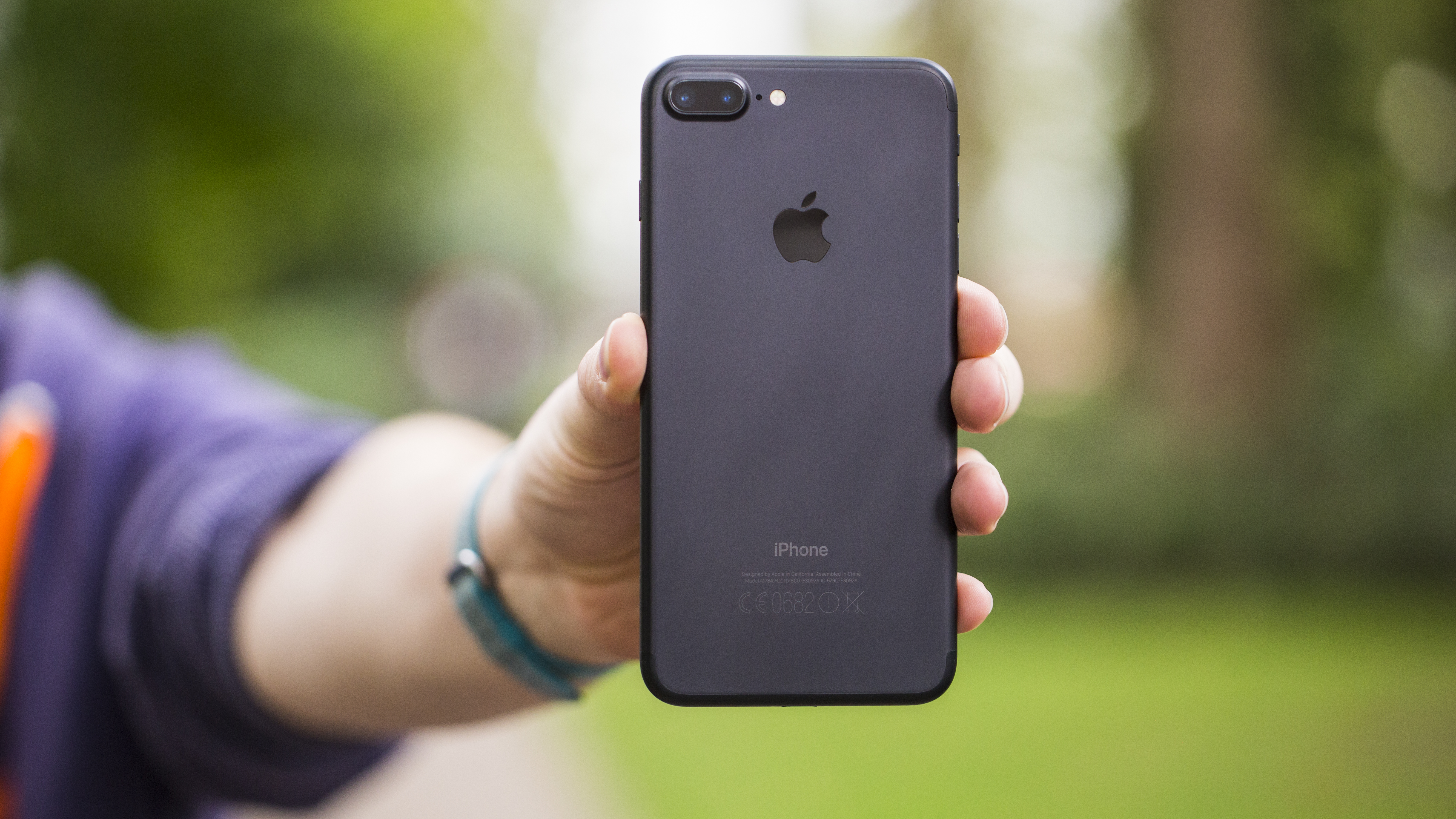
The iPhone 7 Plus was the best phone Apple ever made in 2016, and it remains a winner for its longevity and price in 2017. It's larger than the new iPhone X though, so if you're after a smaller phone with a bigger screen, this won't be the best choice for you with its 5.5-inch 1080p display.
The big upgrades over older iPhones are the waterproof design and a new dual-lens camera that allows you to snap with two 12MP lens at the same time. It allows for better optical zoom as well as a Bokeh mode to blur the background of your photos and put the main focus on the foreground.
Battery life on the iPhone 7 Plus is much improved upon the iPhone 6S Plus too, plus it comes stocked with iOS 10 software right out of the box.
You probably already know there's no 3.5mm headphone jack. It means you'll have to use Bluetooth headphones or the Lightning cable converter, which comes in the box with the iPhone 7 Plus.
It's still a costly option, but cheaper than it was a year ago, making it one of the best iPhone choices in 2017 for people looking for a deal.
Read the full iPhone 7 Plus review
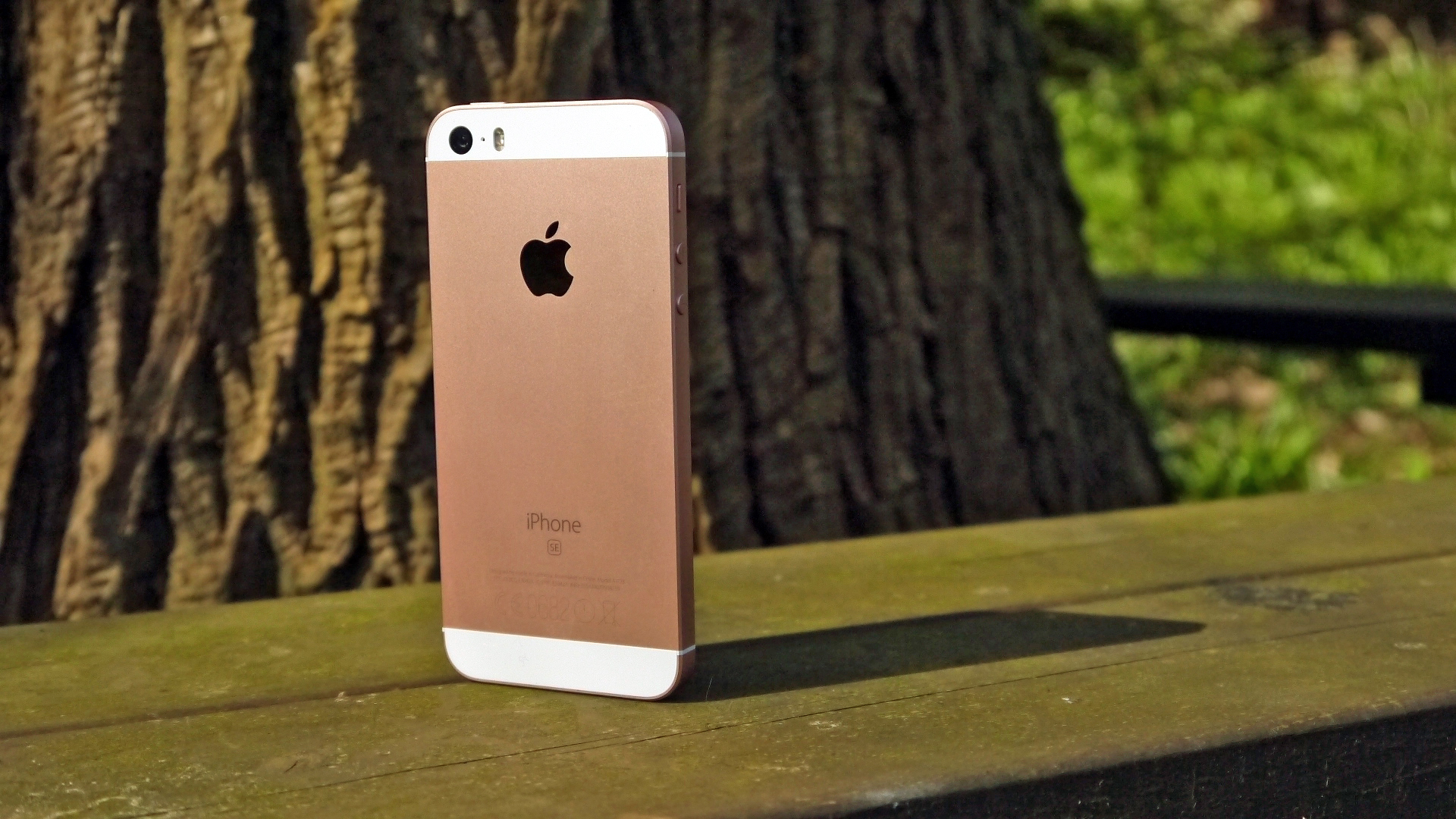
Despite the iPhone SE's small size and relatively modest price tag, it's very close to being a flagship. It has the same boxy, yet premium design as the metal-clad iPhone 5S and the same powerful Apple A9 processor and rear camera as the iPhone 6S.
It lacks the 3D Touch features and higher-resolution front-facing camera of the iPhone 6S. The screen is also less impressive all round, thanks in large part to a lower contrast ratio. But it compares well to many mid-range handsets.
It's the most powerful 4-inch iPhone you can get, so for fans of compact form factors this is an obvious choice. Plus the best bit is its price. It's one of the cheapest iPhones you'll find on the market and it's something of a bargain by Apple standards.
Read the iPhone SE review
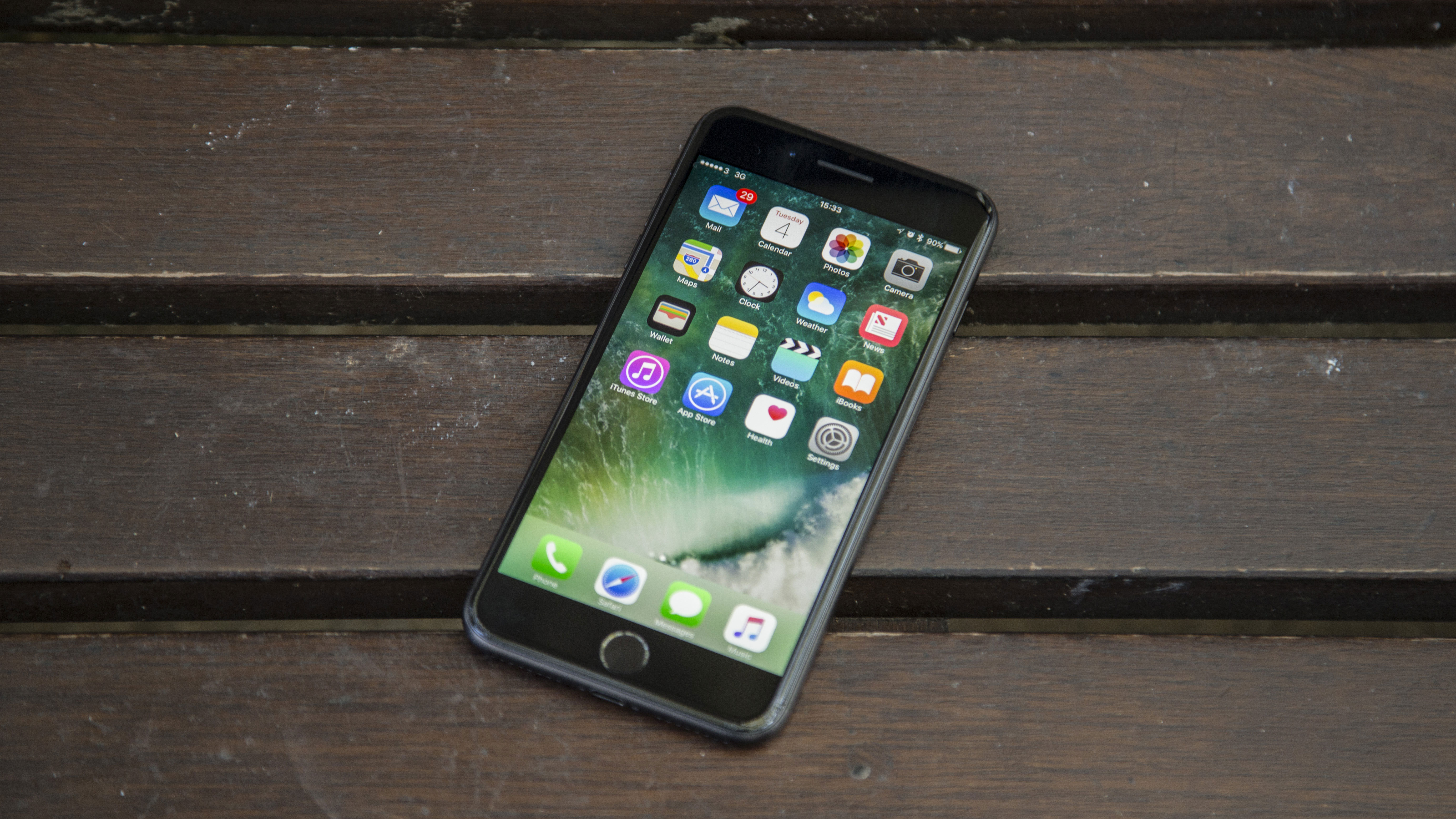
Don't fancy the large iPhone 7 Plus above? Why not opt for the iPhone 7, which comes in at position two on our best iPhone round-up.
Again there's no headphone jack on the iPhone 7, but it does come with a waterproof design that means your phone is likely to survive the odd dip in the sink rather than just being frazzled right away.
There's no dual-lens camera on the iPhone 7, but you can still take some absolutely incredible photography with the 12MP sensor.
If you own an iPhone 6 or iPhone 6S, you may not see much difference with the new phone but the new processor and camera tech may be enough to entice you to buy the latest iPhone from Apple.
Read the full iPhone 7 review
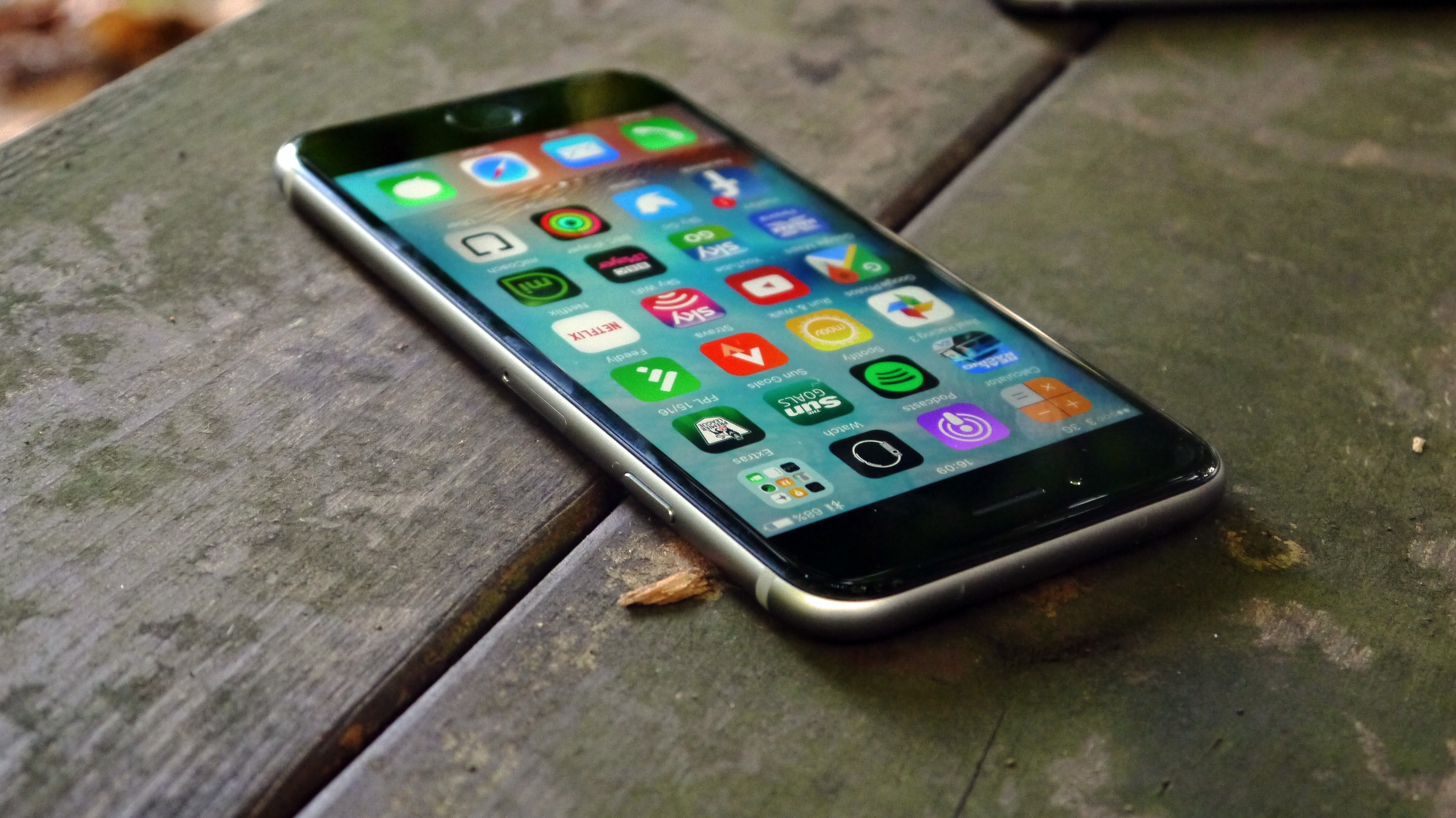
The iPhone 6S, as you probably know, is Apple's flagship from 2015. The Apple A9 processor and a chunky 2GB of RAM, up from 1GB on the previous model, make it far superior in raw power to 2014's model, and it's got some other tricks too.
It has a 12MP rear camera and an tried-and-tested 8MP front-facing camera, which at the time was the best selfie shooter Apple had on a phone.
It does sport largely the same design and screen as the iPhone 6 though and the latter in particular is starting to feel a bit dated in the face of super sharp QHD screens from rivals.
Apple has at least added a new feature to the display, in the form of 3D Touch, which makes it pressure sensitive and offers new tricks for enhanced emailing and shortcuts around the homescreen.
Read the full iPhone 6S review
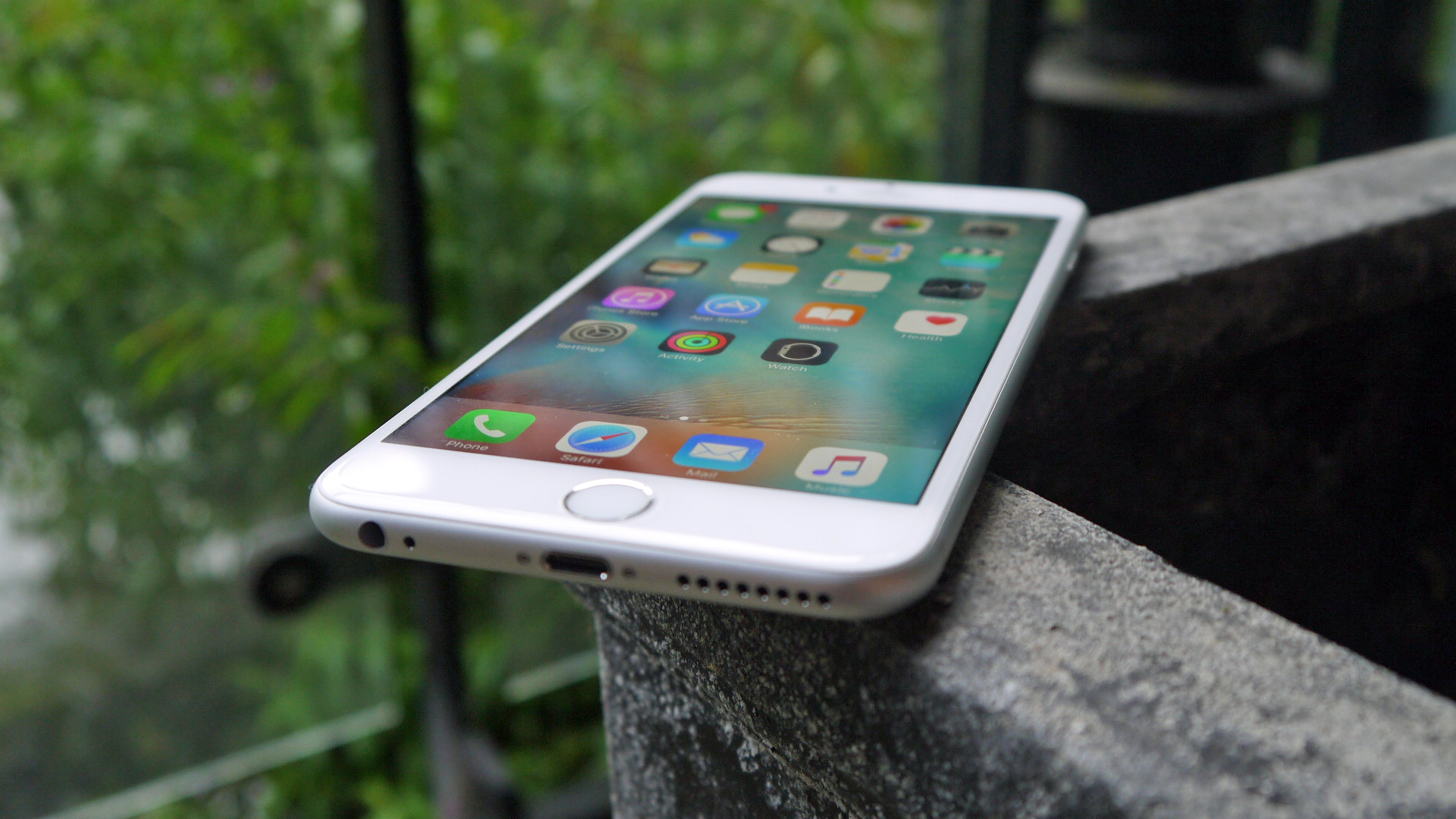
The iPhone 6S Plus is essentially an iPhone 6S with a bigger and sharper 5.5-inch screen.
That makes it more unwieldy than the iPhone 6S, but a big screen also has a number of advantages, making movies and games more immersive - and the extra resolution really helps make apps look even better.
It also has a longer-lasting battery, matching the iPhone 6 Plus in terms of longevity.
It's big, powerful, feature-packed and going to last the longest of all the iPhones, making it the best Apple handset for phablet fans with money to burn. Plus, as it comes in sizes of up to 128GB you can store your entire movie collection on it, if that's your thing.
Read the full iPhone 6S Plus review
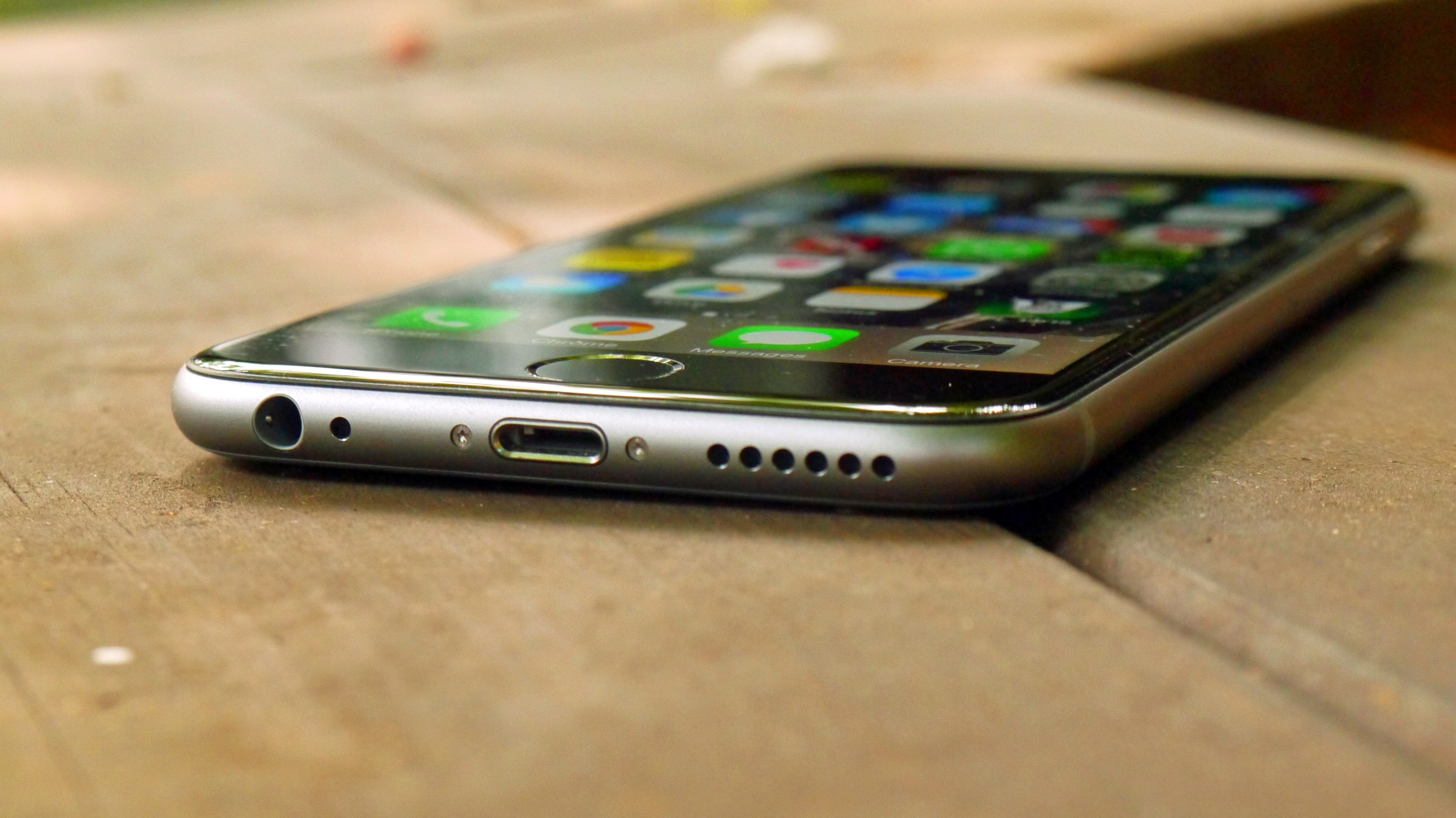
The iPhone 6 was a big change for Apple. Not only did it sport a curvier chassis than the last few models - complete with a change from metal and glass to all-metal - but it was also bigger, with a 4.7-inch screen.
Even that's not massive by smartphone standards, but it's substantially larger than the 4-inch iPhone 5S, bringing Apple into line with the trend of bigger screens that the rest of the competition was peddling.
The iPhone 6's screen is sadly no more or less sharp than the 5S though, as the resolution went up in line with the size, where rivals were shoveling in pixels at a rate of knots.
It is, however, far more powerful than the iPhone 5S, with an A8 processor giving it extra grunt. It's since been beaten by the iPhone 6S, iPhone 7 and even the iPhone SE, but the iPhone 6 is still one of the slickest performers around for most top apps.
Read the full iPhone 6 review
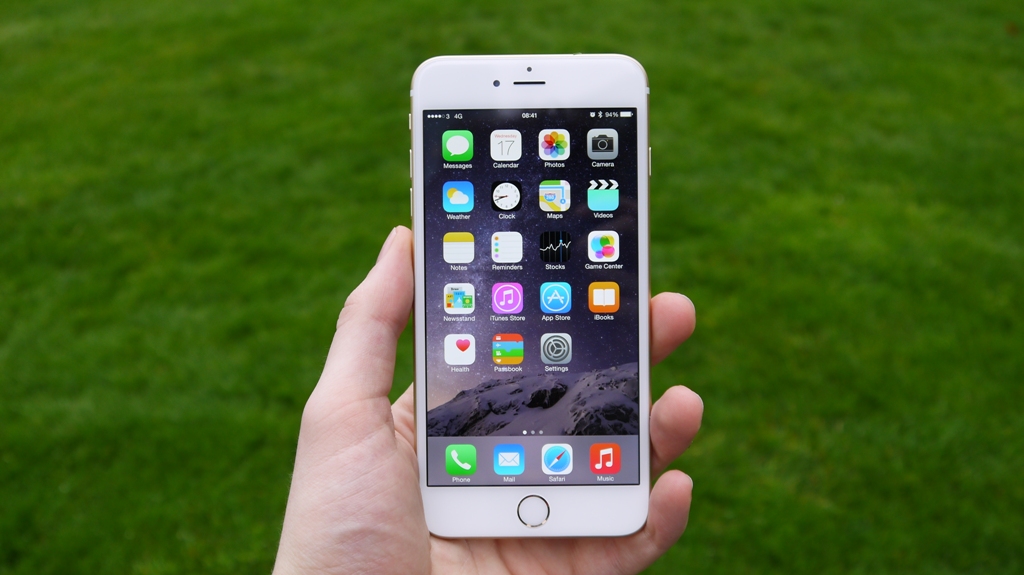
If 4.7 inches isn't enough for you - you're in luck. Apple launched the 5.5-inch iPhone 6 Plus alongside the iPhone 6 to give the phablet market something to chew over.
The extra size makes it a better option for watching movies, browsing the web and generally wasting time on your phone with. It's also sharper than the iPhone 6, with a 1080 x 1920 401ppi screen, in place of a 750 x 1334 326ppi one.
In most other ways it's a match for the iPhone 6, with the notable addition of optical image stabilization for the camera offering better snaps, and the improved battery life is something a lot of iPhone owners crave.
Read the full iPhone 6 Plus review
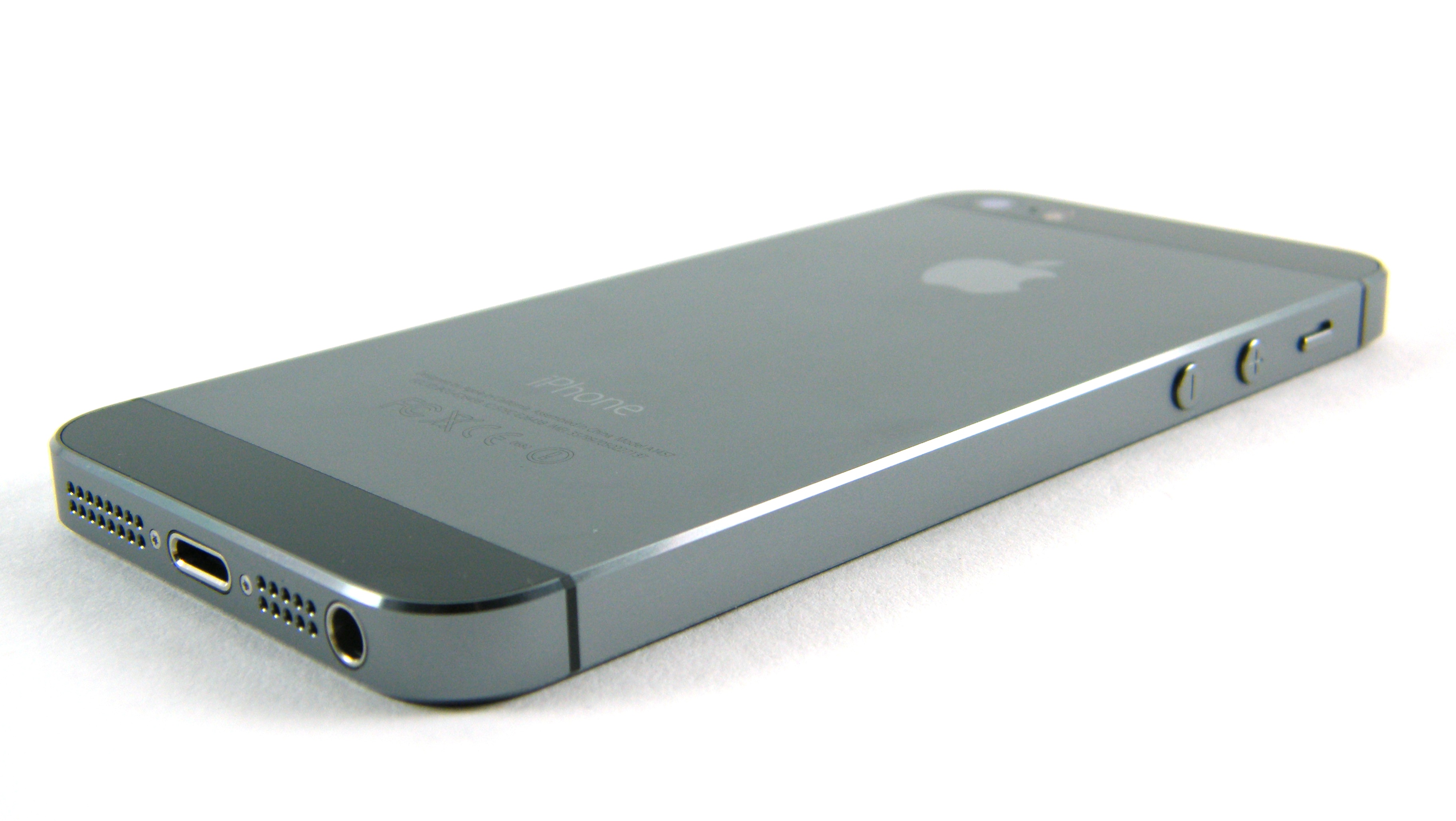
Apple followed up the iPhone 5 with the iPhone 5S. It has the same size and resolution screen, so it's a compact 4-inch phone, making it ideal for anyone who doesn't like lugging around an undersized tablet.
The premium design is much the same too, with a two-tone metal and glass construction. But it's a little more powerful, with a newer processor under the hood. We're still not in top-end territory here, (not by 2017 standards anyway), but it's slightly nippier under the finger.
The camera was also rather improved over the iPhone 5, with the 8MP snapper still taking decent photos despite its age. But perhaps the biggest change from the iPhone 5 is the addition of Touch ID, allowing you to secure the phone with your fingerprint.
You can't get the iPhone 5S direct from Apple any more, but it can be found in other stores from around $335/£270/AU$425. You'll struggle to find a cheaper iPhone in 2017.
Read the full iPhone 5S review
- Best iPad: which iOS tablet should you buy?
from TechRadar: Phone and communications news http://www.techradar.com/news/phone-and-communications/mobile-phones/best-iphone-2016-how-to-choose-the-right-one-for-you-1314237
No comments:
Post a Comment